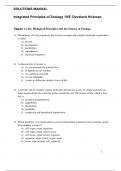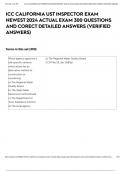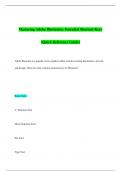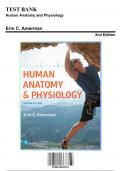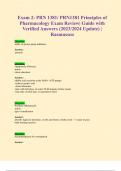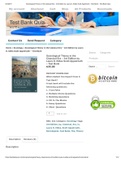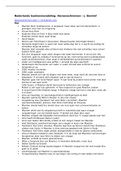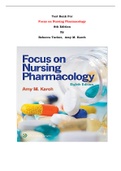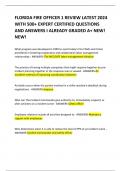Tentamen (uitwerkingen)
Test Bank for Integrated Principles of Zoology 19th Edition by Cleveland Hickman. ISBN: 9781264091218. Full Chapters.
- Vak
- Instelling
Test Bank for Integrated Principles of Zoology 19th Edition by Cleveland Hickman, Larry Roberts, Susan Keen, David Eisenhour, Allan Larson, Helen I'Anson. test bank for Integrated Principles of Zoology 19e. 19e test bank for Integrated Principles of Zoology. Hickman 19e tb.
[Meer zien]
